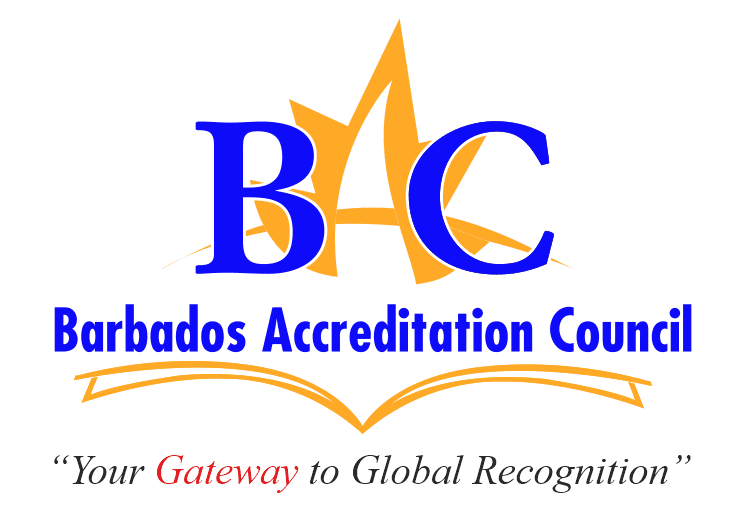Tertiary education and training providers have continuously strived to attain excellence and quality in their programme offerings. The dynamic nature of the tertiary education and training environment dictates that providers focus not only on maintaining quality standards (quality assurance (QA)) but also on enhancing the quality of the learning-teaching environment (quality enhancement (QE)). To this end, the cultural context of the organisation is very important to its ability to facilitate or inhibit quality initiatives.
The culture of the organisation will play a decisive role in the provider’s ability to adapt effectively to its environment. Additionally, the ability of providers to respond to the changing educational environment requires a high degree of flexibility and adaptability by staff at all levels. It is essential, therefore, that staff collaborate and work towards determining what systems and procedures will work best to minimise failures and maximise successes. They must also work together to implement the new initiatives that will help the organisation achieve its mission and engage in continuous QE.
It requires effective leadership early in the quality journey and even more so later in the journey to support the QE efforts. Leaders must therefore be able to understand the culture-continuous improvement (QE) relationship, as they seek to create a quality culture. John Woods (1996) proposed the following six values for building a successful quality culture:
Value 1 – We are all in this together – staff, customers, and other stakeholders
Value 2 – No subordinates or superiors allowed (we are all colleagues)
Value 3 – Open, honest communication is vital
Value 4 – Everyone has access to all the information they need
Value 5 – Focus on processes
Value 6 – There are no successes or failures, just learning experiences
Therefore, it is vital that the leaders’ behaviours reflect the quality culture values of the organisation. They must walk the talk until everyone “catches the vision”; even when they believe that they look and sound ridiculous. Leaders must find a way to align individual and organisational goals.
The process of periodic self-evaluation and internal audits (i.e. monitoring and measurement) allows organisations to identify gaps and areas for improvement within their systems. Consequently, organisations are able to develop and implement corrective and preventative measures. In this way, they will be able to not only generate but also enhance the quality within their systems. Therefore, when we speak of the actions providers take to provide an effective learning-teaching environment, we are referring to the quality culture of that educational provider. We are also emphasising that provider’s unquestionable commitment to quality enhancement.
Creating a quality culture within the organisation will require partnership and co-operation from stakeholders, teaching and non-teaching staff. The importance of the leader’s role in fostering an environment where staff can engage in collaborative activities and where a culture of quality can thrive is crucial. However, a culture of quality depends on everybody in the organisation taking ownership for quality. Only where there is a veritable quality culture within the organisation can quality be achieved.
Mrs. Sharon Alleyne
Manager, Technical Services
Barbados Accreditation Council

